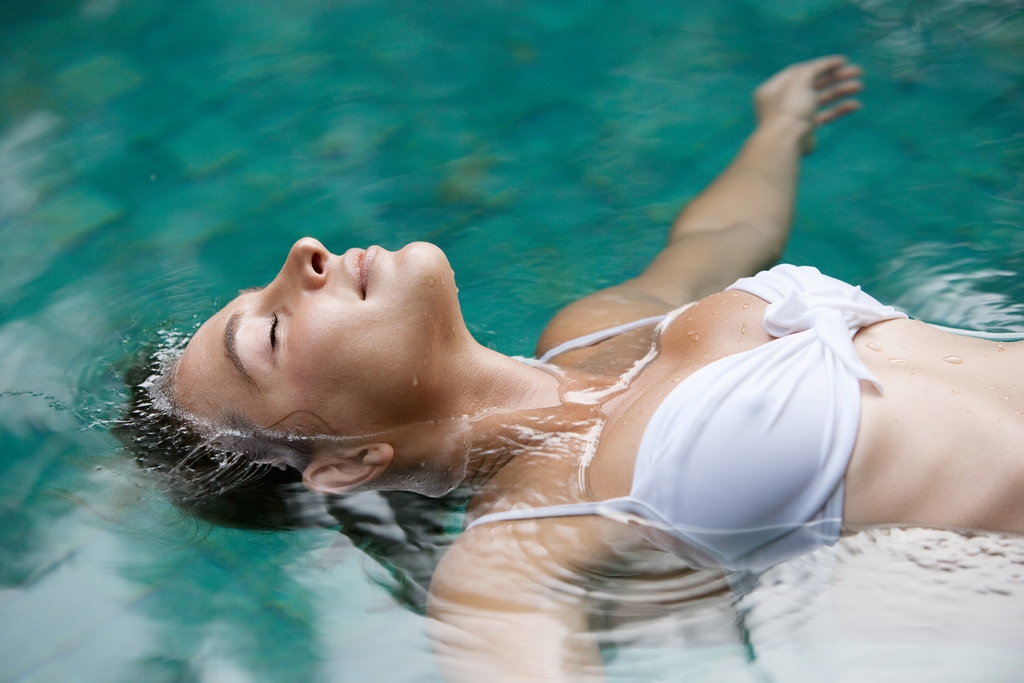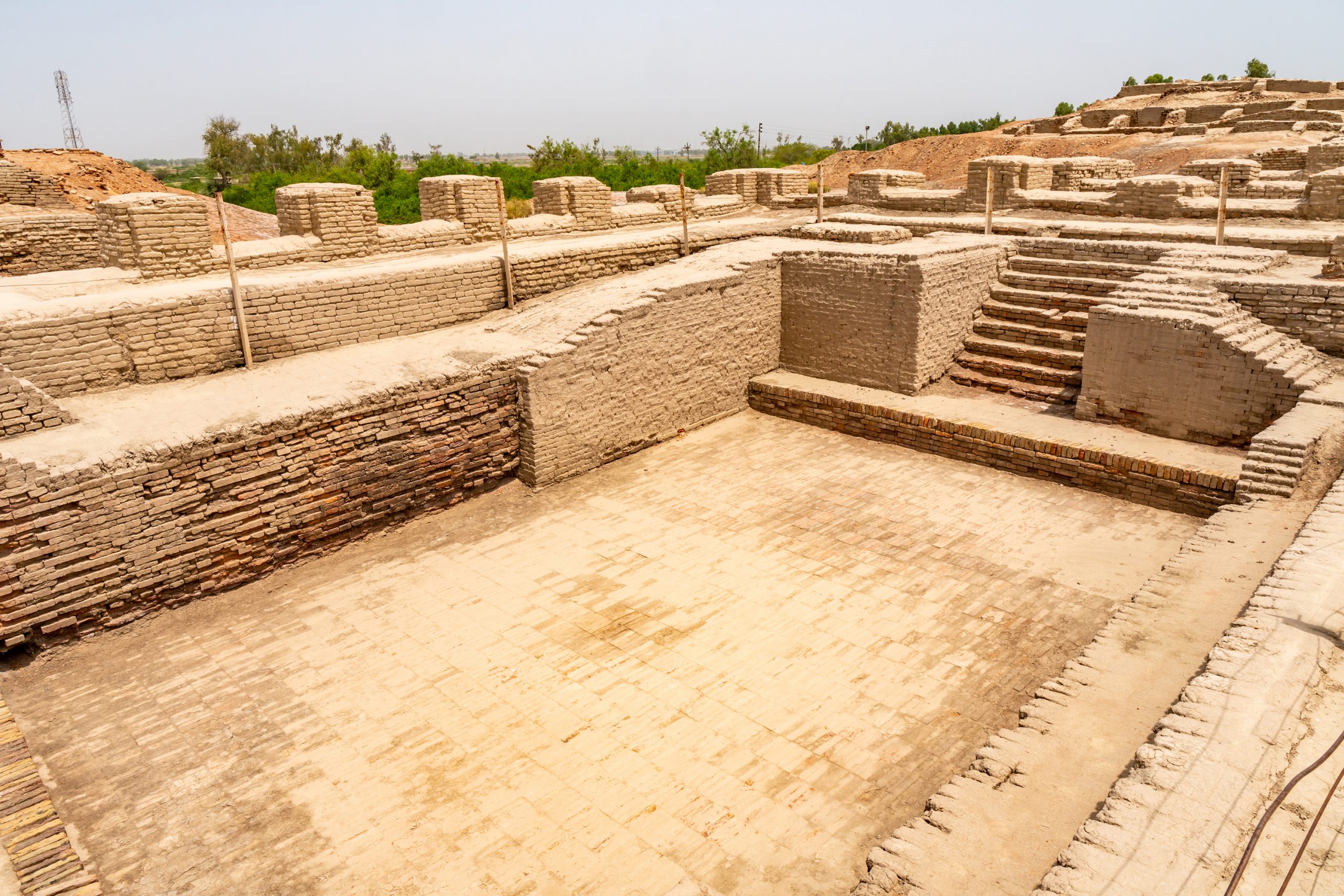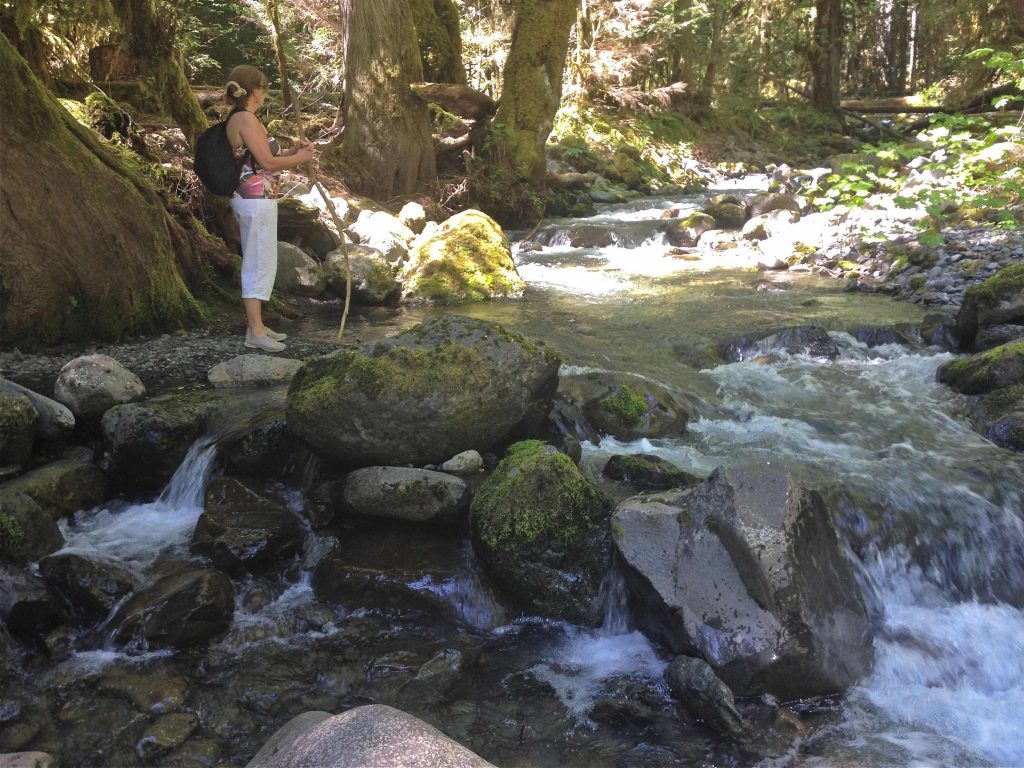Essential Connections


While our innate need to be in the presence of water, and have constant access to it is both philosophical and biological, Kevin Woodhurst argues it is also practical from a business perspective. Not only essential for survival, as the desire for water is the primary factor underpinning the existence of the watershaping industry, and arguably modern civilization itself.
By Kevin Woodhurst
It’s undeniably true; humankind has a distinct and inseparable relationship with H2O, aka water, or, chemically speaking, dihydrogen monoxide. That intrinsic connection starts with the fact that humans are at least 70% water and we are gestated in a fluid matrix. Biological and evolutionary science tell us that life on earth began because of water.
Water is the key to the existence of life and essential for survival; and, as many wise people surmise, water is key to our happiness, or at least it is for many of us. It is also a force of tremendous destruction and peril. Too much water can be devastating and not enough lethal. We exist in a delicate balance between water’s life-giving grace and its deadly curse.
Those are all some extremely heady and irrefutable concepts, and yet, it’s worth noting that since the beginning of the Industrial Revolution, many people have taken the availability and control of water for granted. Clean water comes out the tap and dirty water goes down the drain. Easy come, easy go.
As a result, we have a planet in distress. (That part is a different story though). Many historians believe that the need to control water for irrigating crops and stabilizing drinking water supplies is ultimately what led to the creation of human civilization in the first place.
THROUGHOUT HISTORY
In his seminal book, “Water: A Biography,” author Giulio Boccaletti writes: “The fundamental struggle for water has never really abated since it first began on the shores of the Persian Gulf. The multiple transitions, from nomadism to sedentism, from hunting and foraging to domesticated agriculture, from small rural communities to a productive, specialized, urbanized society, were severe disruptions. But while individuals would have lived through them as gradual, incremental transformations, over the course of Homo sapiens’ existence, they amounted to shocking events. From the moment Homo sapiens, late in its history, decided to stay in one place, surrounded by a changing environment, it began to wrestle with water, an agent capable of destruction and life-giving gifts.
Indeed, our little “pale blue dot,” as famously described by Carl Sagan, is an oasis in the vast void of space precisely because it is uniquely ordained with this plentiful and precious liquid. As we hurtle through the cosmos, spinning at a speed of 26,000 miles an hour, water is here sustaining our lives. The surface of our home is approximately 71% covered in water, with over 96% of our planet’s liquid water existing in the oceans.
In a very real sense, our entire human existence has taken place on the “mountain tops” that rise above the ocean’s surface. In that context, it’s not surprising that the art of “watershaping” has been with us throughout the span of recorded history. It’s a narrative here for all to see and appreciate.

Indeed, the history of watershaping functions as a kind of companion text to the story of humanity.
The Great Bath of Mohenjo-Daro in Pakistan is over 5,000 years old. It makes sense that we find the oldest pool in the place where the first known civilization originated. A millennia later, we find the revolutionary invention of the Archimedes Screw by the Greeks, the first known positive displacement pump, which enabled the uphill distribution of water for irrigation, drinking, cooking and bathing. Later still, the Romans defined “modern” water infrastructure with their complex and majestic aqueducts and luxurious public and private baths. As well, ancient societies of Asia and Mesoamerica established innovative methods of irrigation, control and distribution in places like great cities of Peking and Machu Pichu.
Centuries later, some of the greatest works of the Renaissance in Europe were centered around the use of water with iconic examples such as the Trevi Fountain in Rome or the elaborate water displays in nearby Villa d’ Este.
Fast forward to the mid-19th Century and we find the now abandoned Glasgow swimming baths in Scotland, which were among the first examples of public pool facilities in the Industrial Revolution. The evolution continued in places like San Francisco where we find the old Grand Sutro Baths built in 1894, which were unfortunately destroyed by fire in the mid-1960s.
In many ways those elaborate oceanside baths represent the transition into the modern era. An online description reads: “Sutro’s dream for the Baths was to provide a healthy, recreational, and inexpensive swimming facility for thousands of San Franciscans. A classic Greek portal opened to a massive glass enclosure containing seven swimming pools at various temperatures. There were slides, trapezes, springboards and a high dive. The power of the Pacific Ocean during high tide could fill the 1.7 million gallons of water required for all the pools in just one hour. The Baths could accommodate 10,000 people at one time and offered 20,000 bathing suits and 40,000 towels for rent.”
Clearly, as our modern world became ever more ambitious and complex, so too did our control and manifestation of water. Chlorination and modern filtration transformed public health in the early 20th Century, dramatically increasing life expectancy. Recirculating and reusing water became preferrable to draining and replacing it. We even learned how to remove salt from seawater by way of reverse osmosis or distillation.
And, at last, the concept of having a body of water in your home came into being.
INTO OUR LIVES
As our society shifted to the suburbs in the Post WWII era, water in the form of the backyard pool came along for the ride. By the mid to late 60s pioneers of our industry’s past were blazing a trail of production in the sunbelt and building exotic (at the time) personal swimming pools for those that had the means to have them; and, thus, the modern pool industry industry was born.
Hollywood helped this growth as well. Many movie stars had swimming pools built, some of which have been featured in magazines as well as on the big screen. Movies such as “The Graduate” in the 70s, “Fast times at Ridgemont High” and “Scarface” in the 80s all featured pools.

One could go on and on with endless cultural examples, but the point is swimming pools have become a part of Americana and in the sunbelt states almost a necessity. Places like Miami, Las Vegas, Dallas, Phoenix, and Los Angeles are all synonymous with pools. In the desert community of Palm Springs, CA, there is a swimming pool for every six people who live there.
When you look at the big picture, in a relatively short span, our industry has grown, matured and continues to prosper by continuing to push the envelope of design and innovate in ways that just a few short years ago would have seemed absurd if not impossible.
The infatuation with water and the connection we as human beings have to it continues to push us closer and nearer to the water. Think about the design trends! Vanishing edge pools, perimeter overflow pools, lazy rivers, tanning ledges and water features continue to bring near waterpark-like amenities to private residences. And, of course, spas/hot tubs provide an intimate and healthful experience. All of those features exist to accentuate our intimate relationship with water.
PRACTICAL APPLICATION
While contemplations of our human connectedness to water may seem fanciful, philosophical and even dreamy-eyed, fact is, from a watershaping perspective, it’s the ultimate practical matter. It is self-evident that our industry’s entire existence is 100% due to the fact that humans value being, as author Wallace J Nichols puts it, “Near, in, on or underneath water.” It’s the primary reason that people will make the second biggest expenditure of their lifetimes on bodies of water in their homes.
It’s also what drives the boating industry, as well as certain vacation spots and even RVs. Water destinations are almost always the primary vacation destinations. This is why the beach and ocean are favorite vacation destinations. This is why lake houses or homes along rivers are so popular.
With each new design trend people get closer to this clear liquid. It’s almost like an obsession for many. Pools have become far more than just vessels with water in them, they have become state of the art liquid art-forms coaxing people to get closer, get in and simply enjoy the connection. I don’t think I have built a pool in the last 10 years that doesn’t have a tanning ledge, Baja shelf or sun shelf… Why is this? People! Your customers want to be in and feel the connection to the water. It soothes the soul, calms the mind and puts a smile on the face.

Yes, humankind does carry an intrinsic need for water, not only for survival but to be a part of or to become one with. We need water; we need the connection and we want to be with it as much as possible, but always on our own terms.
As a result, we, in this industry bear an amazing responsibility and more importantly the opportunity to help the public get close to water and experience it 24/7/365. There is just nothing like having a destination staycation to come home to for our enjoyment, day in and day out.
For many, some of our most cherished times are bound to aquatic experiences. The time I spent with my children growing up, after coming home from work every evening and going in the pool, was and still is a priceless memory. “Daddy, Daddy lets go swimming…” it’s music to my ears!
FUNDAMENTAL APPEAL
So, here’s the practical business rub in all of this high-flying and far-flung discussion; if you want to sell more pools, spas, fountains, ponds, or birdbaths, I urge you to get excited about what we as watershapers get to do for a living! It’s empowering to embrace the invaluable work our vocation does and truly how connected people are to what we deliver.
Honestly, as I put these thoughts into words, it puts a smile on my face. We truly are an industry that brings a ton of value, and I dare say, happiness, into people’s lives. It just doesn’t get better than that in my opinion. It’s a perfect reason to pull young people into our industry to create the innovators and leaders of the future. We ought to be proud about what we do and what we’ve accomplished, and convey this to everyone. You’re not a pool guy/gal, but something much more!
My most recent piece here in WaterShapes was about the “Question of Leadership” and how we pass the mantle to the next generation of designers, builders, manufacturers, and the support mechanisms that follow it all. I am proud of what our industry has accomplished in the past 25 plus years and can only imagine what it will look like long after many of us have retired and moved on to another chapter of this amazing journey.
I see the next generation of designers and builders on the social media platforms showcasing their design, construction savvy and skills. Ionly ask that you guys embrace the opportunity before you, and carry that torch with great pride and responsibility because the real key to sustainable growth, and keeping people coming, is delivering high quality projects that work and function as advertised.
Be a professional and immerse yourself completely In the Water, literally and figuratively. Become connected to it in a way that compels clients to do the same. We are watershapers, which means we are the conduit that gets people excited about this fundamental connection. Draw it out of them because at the end of the day H2O is indeed – LIFE!
Next up: cutting edge design meets designing buildable projects.
Kevin Woodhurst is a design consultant for Claffey Pools in Southlake, TX. He has been in the pool industry for over 25 years. He has been responsible directly and indirectly for the design and or construction of thousands of new swimming pool projects and remodels during this time.
Opening image by MJTH | Shutterstock: Great Bath of Mohenjo-Daro Image by AlexelA | Shutterstock: Stream side and Aquarium of the Pacific photos by Eric Herman.










